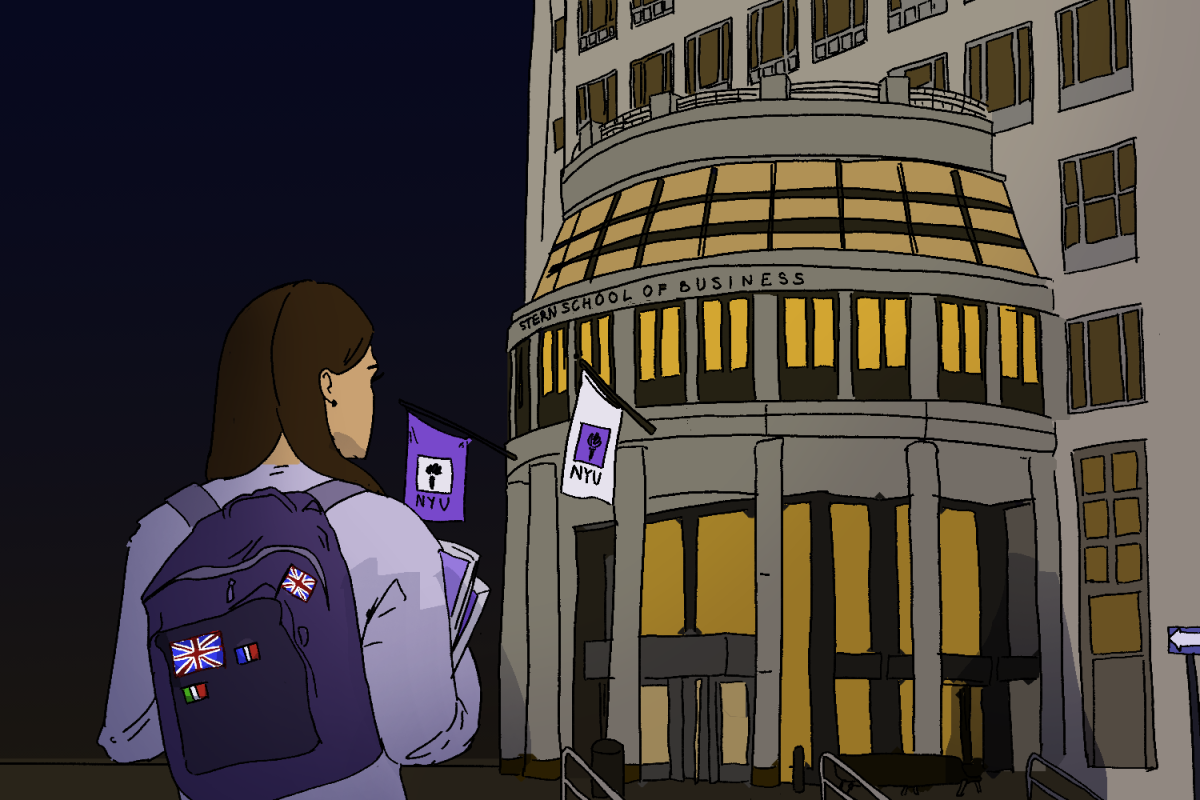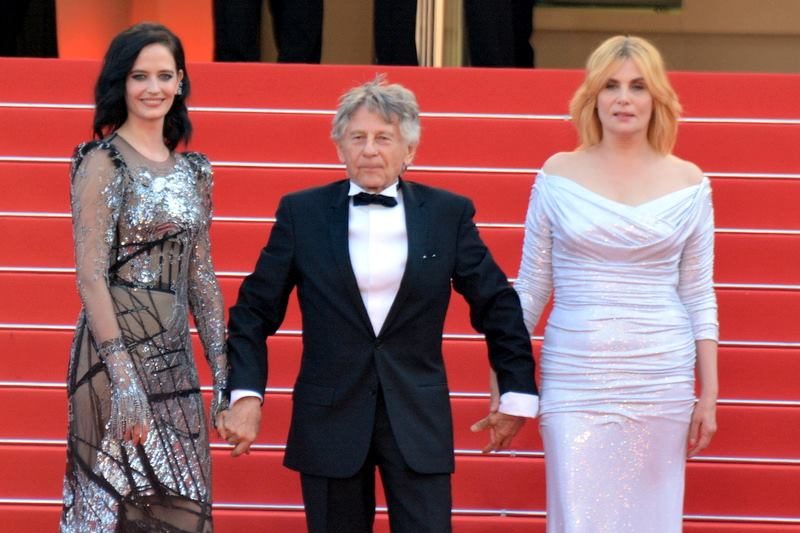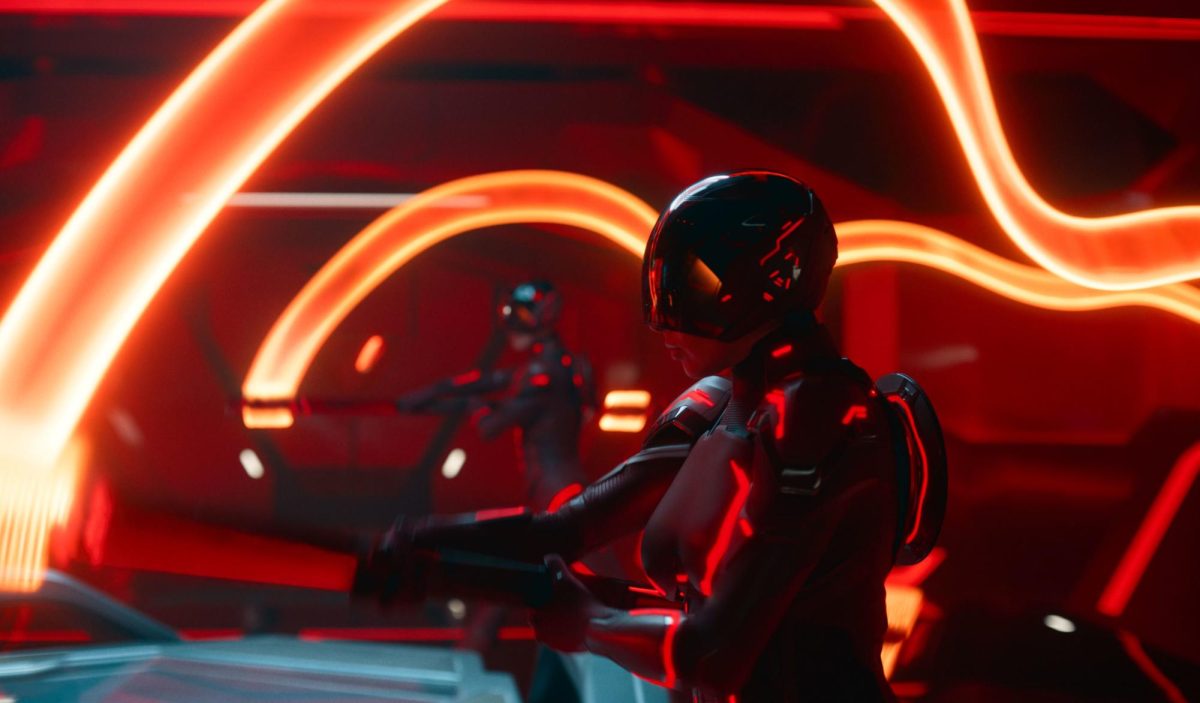The spookiest day of the year is upon us: Halloween. All the ghosts and goblins come to play on this night of tricks and treats. Halloween is a pop culture phenomenon — the basis innumerable horror flicks that beckon to be watched without the lights on the scary evening of Oct. 31. From films like “Halloween” and “A Nightmare on Elm Street,” there’s a myriad of villains that will haunt you in your sleep. But perhaps you’re not as easily frightened as some Halloween novices and think that Michael Meyers is just a tormented guy hiding behind a Captain Kirk mask. Or you have a tolerance for horror equivalent to the Cowardly Lion’s and quiver at the sight of Casper the Friendly Ghost. This is Unpopular Opinions: Supernatural Villains edition.
Jack Torrance (“The Shining”)
Daniella Nichinson, Arts Editor
OK, Jack Torrance is not a ghost or a demon or anything supernatural. Though you could make the argument that something severely horrible possessed him, which is why he fell down that rabbit hole of madness. Regardless, Jack Torrance is considered one of the most terrifying villains, just as “The Shining” is considered one of the most terrifying films. It’s a film that I’ve loved ever since I first watched it, but I never experienced the sheer horror that most feel when the elevator doors open and a wave of blood pours out or when the twin girls appear in that sinister hallway. The issue is that I have never been afraid of Jack Torrance. He’s portrayed incredibly well by Jack Nicholson and I can’t help but admire any role that Nicholson takes on. Sure, Jack Torrance loses his mind and tries to kill his family, but I’ve always let myself believe that it wasn’t really him — that it was the ominous forces in the Overlook Hotel guiding him. I will admit that Stanley Kubrick crafted both a film and a protagonist that are artistically petrifying, but they did not affect me that much. Maybe I would have a different opinion if I were confined to a bathroom with no escape and good ol’ Johnny came knocking at the door with an ax.
Light Yagami (“Death Note”)
Guru Ramanathan, Film & TV Editor
Sometimes you just really want to root for the villain. Such is the case for one of my all time favorite protagonists in any form of media, Light Yagami from the manga and anime “Death Note” (I’m ignoring the whitewashed Netflix adaptation). Light is a teenage prodigy who finds an otherworldly notebook belonging to a Shinigami (a Japanese death god) named Ryuk. When Light writes names in the book, it means they will die thereafter, thus he holds the lives of the world’s population within the stroke of a pen. With a twisted sense of justice, Light uses his newfound power to craft a new world order to his liking. Though he is the main character, “Death Note” subverts the trope that the protagonist is inherently heroic. Light is malicious, sociopathic and frighteningly intelligent, but what makes him even scarier is that he does see himself as the hero of his own story. Some of the best villains are the ones that so fruitfully believe they are right that their perspective becomes eerily understandable. Frustrated by the inefficiency and corruption of world governments, Light seeks to use the Death Note to get rid of the people who are making society a worse, or anyone else who tries to get in his way. No matter how vile Light gets, I cannot help but be engrossed in his escalating exploits or ponder how he expertly navigates the intricate investigation into his crimes led by the equally genius detective L. Light is one of the greatest villains of all time, a greedy and flawed protagonist whose methods are terrifying but is so deeply attached to his motivations it’s hard to not be on his side the entire time anyway.
Freddy Krueger (“Nightmare on Elm Street”)
Ryan Mikel, Arts Editor
Why are people so scared of Freddy Krueger? I’m one of the biggest wimps when it comes to horror — to this day, the sight of Michael Myers or Jason Voorhees rattles me to the core — but I have never been on board with the “Nightmare on Elm Street” craze. I find the supernatural, razor-glove-wielding serial killer Krueger to be less terrifying and more campy. Even in the more recent entries in the franchise, his kills fail to scare me. If I saw Krueger in a dream, I would probably crack a joke right back at him. He’s notorious for making light of his victims’ situations, insulting them with one-liners and comedic gestures. When it comes to the holy trinity of horror villains, Krueger obviously joins the ranks of Myers and Voorhees due to the stature of the Wes Craven-led films, but his kills, the music and the sequels that followed the 1984 original pale in comparison to “Halloween” and “Friday the 13th.” I’m sorry Krueger, but Edward Scissorhands beat you at the knives for hands look.
Samara Morgan (“The Ring”)
Nicole Rosenthal, Music Editor
What do you get when you combine a zombie, a poltergeist and a creepy little girl?
You get the ultimate supernatural villain, otherwise known as Samara Morgan from 2002’s “The Ring.” Primitive, powerful and always lurking, Samara is essentially inescapable, emerging out of a bathtub or television whenever the chance arises. Growing up as a horror movie buff, I never felt the need to close the closet door or sleep with the lights on after a scary movie — that was until my first viewing of “The Ring,” I could not close my eyes without being shaken with fear.
But why is this a movie that terrifies me so much? Perhaps it is Samara’s jerking and inhuman movements when crawling to her victims. It could also be the ever-present nature of the character, as she calls the nearest telephone to give victims their seven-day warning, or climbing out of the nearest television to seal their fate. Maybe we are all primed for fear by the dreadful tone carried throughout the movie or maybe we can blame the ominously dim cinematography with each frame doused in a muted green hue.
Yet, a discussion of “The Ring” is not complete without mentioning the Samara’s strange videotapes, a haphazard collective of nightmare fuel and free-association material. Let’s not forget that Samara created the tapes by burning the images onto film with her supernatural powers. Oh, and if any of that doesn’t make your blood run cold, she’s also Tisch alumna.
The Poltergeists (“Poltergeist”)
Alex Cullina, Books & Theater Editor
I’m going to get this out of the way now: “Poltergeist” isn’t scary. The supernatural happenings that beset the Freeling family in the 1982 film feel almost entirely benign, even verging on playful. Even after little Carol Anne gets sucked into a parallel dimension, there’s rarely any true sense that the family is in peril. And the most climactic moment of the movie, as the ghosts make a final attempt at whatever it is they’re trying to do, the scares are well into the territory of camp. And the ultimate explanation — the house was built on top of a cemetery — doesn’t really explain much in the way of motivation, either. While I won’t argue that “Poltergeist” is a lot of fun, I just don’t think the ghosts are all that compelling, or frightening either.
Email the Arts Desk at [email protected]























































































































































